Barry Thompson went north to Whangaroa to try out the all-new Buccaneer 635 Exess Hardtop and came away with a whole new perspective of his own future boating plans.
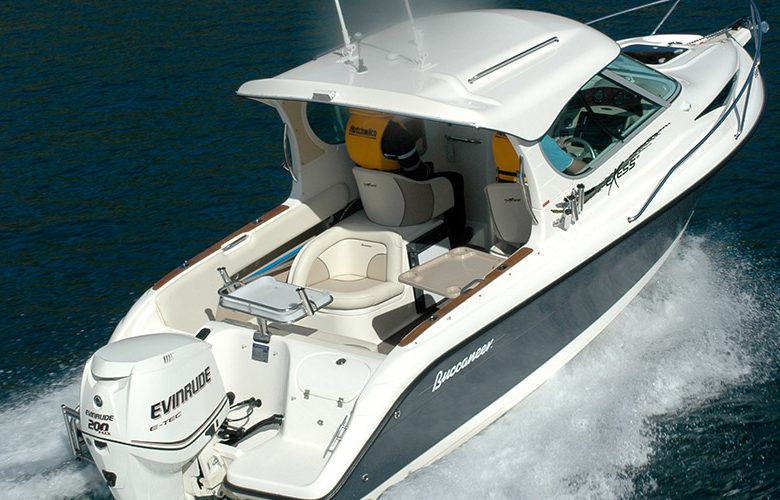

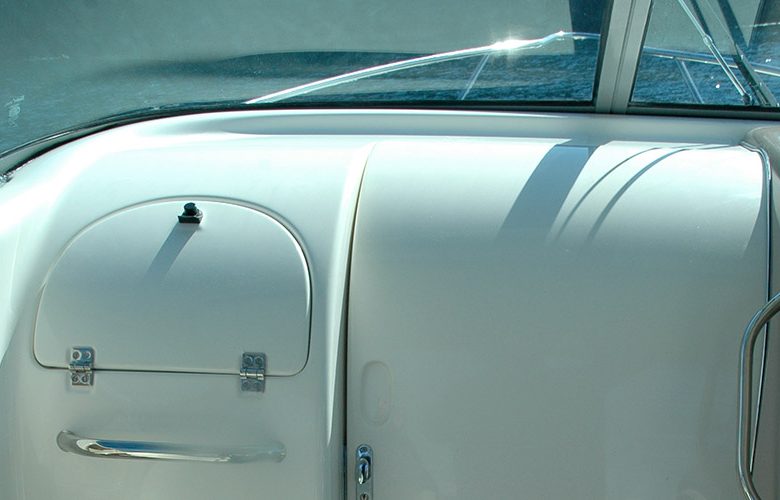
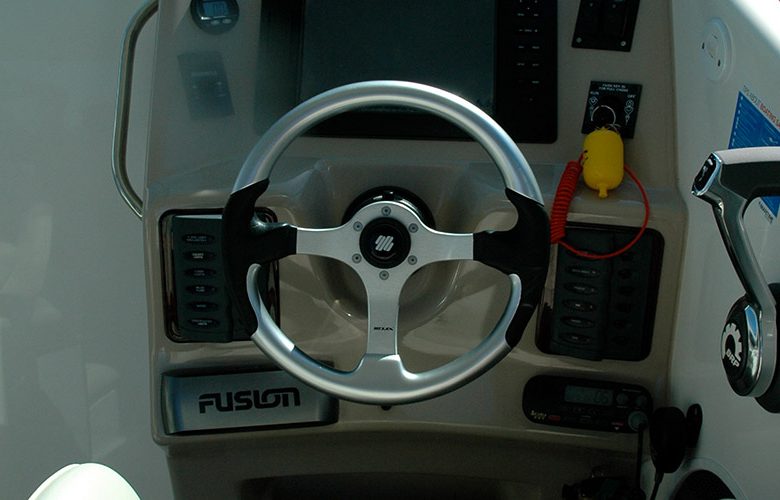
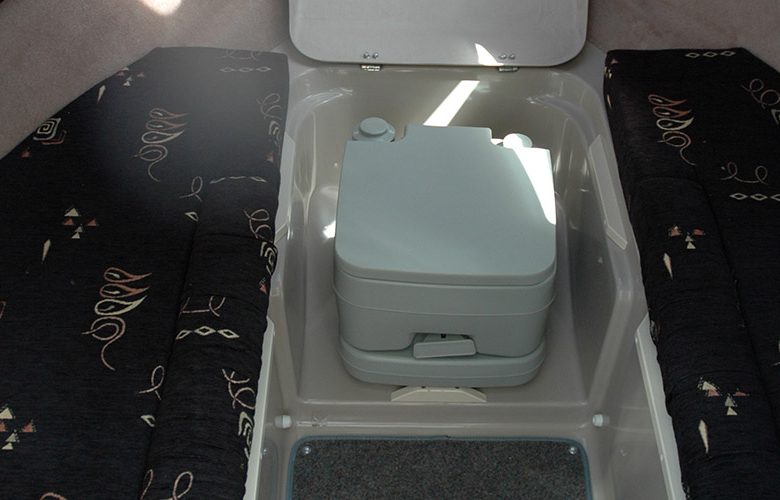

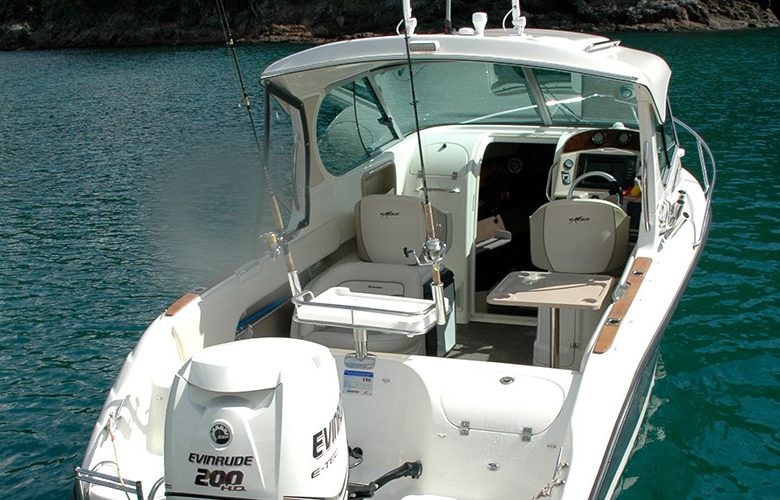


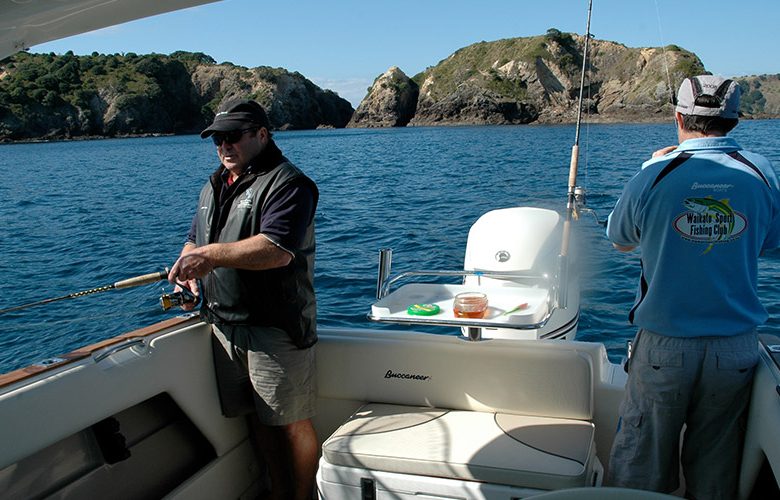
It wasn’t that long ago that I wouldn’t have considered owning a hardtop. Not that I didn’t like them, it’s just they didn’t suit my style and boating needs. How times have changed. My three sons have left the roost and my need for a versatile fun family day boat with all the right attributes to turn it into a wakeboard boat has gone. Having only recently sold my Buccaneer 635 DC bow rider after nearly 14 years, I have been looking around for a replacement. Not that the bowrider wasn’t a great boat, it was and 14 years of ownership is certainly proof of that. It did everything we wanted as a family. We fished, we dived, we ran poker runs, we towed water toys and we had countless family picnics. However, there’s something nice about heading home after a day’s boating protected from the wind and weather under a hardtop. A bow rider doesn’t offer that option.
Last year I spent a day around Whangaroa and the Cavalli Islands testing the Buccaneer 685 Exess HT. I loved it and it was probably then that I realised it was time for a change. However, the 685 Exess HT was a bit bigger than I really wanted at the time and I still had my 635 DC to sell. When designer Gerry Gerrand showed me through the first Buccaneer 635 Exess HT at the recent New Zealand Boat Show, I felt he had got it right – well, for me anyway. I certainly know the good qualities of the 635 hull, on which the new hardtop Exess version is based.
Buccaneer 635 Exess Hardtop is Smaller by Design
From a casual glance the 635 Exess HT and the 685 Exess HT are very similar. They both share exactly the same hardtop and windscreen package and while the layout is much the same, the 635 Exess HT is simply smaller. The length of the cockpit in the 635 Exess HT is 2.68m from bulkhead to the rear seats, while the 685 Exess is 2.92m. From coaming to coaming the 635 Exess HT measures 1.91m and the 685 Exess, 1.90m. The cabin of the bigger boat is just 200mm longer.
The difference certainly comes under the water with the 685 Exess HT based on the same hull as the 735 Exess with a 22.5° deadrise and the new 635 Exess HT on the long standing 635 Exess hull with a slightly shallower 21° deadrise. Overall, the 685 Exess HT is 7.13m, and the 635 Exess HT is 6.76m including the bowsprit. Hull lengths are 6.82m and 6.32m respectively.
Using the 635 hull as a base, Buccaneer set about incorporating a full fibreglass inner liner, a feature that is gradually being built into the entire model range. The advantage of the liner, from a manufacturer’s point of view, is that each boat is quicker to build and eliminates all but a few unique areas where timber is used, such as in the transom and around the fuel tank. The GRP liner adds about 30kg to the overall weight of the boat, and improves the rigidity of the hull. Plexus, an immensely strong methacrylate adhesive, is used to chemically bond the liner to the hull.
Underfloor are two full-length stringers, with the 240-litre aluminium fuel tank and storage cavity down the centre, with polyurethane foam-filled buoyancy chambers either side. The 635 Exess HT exceeds the CPC buoyancy standards.
When comparing the 535 Exess HT to the 685 Exess HT , you’ll find that the bigger boat also comes with a few more standard options and a different seating layout and retails for around an extra $NZ10,000. You also need a bigger and heavier trailer and where the 635 Exess HT is well suited to 150hp-200hp, the 685 Exess HT is more at home with a 225hp-250hp outboard. Both will handle the extra horsepower, but just how fast do you need to go in a hardtop boat?
Fishing Space In The 635 Exess Hardtop
This is a boat that has been designed by a fisherman so there’s no shortage of rod holders, rod storage and practical fishing features. The transom area houses a deep bait storage bin that can be simply converted to a live bait tank on the port side and a centrally mounted bait station. To starboard is another small locker that can be rigged with a fresh water pump and hand held outlet. The two batteries, isolator switches and emergency tote tank space are all housed under the transom behind a fold-up GRP panel. Not sure I liked this due to the difficulty in accessing the space while at the same time holding the panel open. Moulded rod and gaff storage areas are provided either side of the cockpit and there are plenty of rod holders along the coamings and both sides of the hardtop. We fished comfortably with two, but three to four wouldn’t be a crowd. Although I thought it might, the hardtop doesn’t interfere with your rod when you’re into some aggressive fishing action. Standard seating is an adjustable driver’s single pedestal, with back-to-backs opposite. You have the option of twin back-to-backs, although to date this has not been popular. There is massive storage under the back-to-backs, but if you fit the optional Engel 40-litre fridge that is reduced somewhat. The helm seat also has good storage in the moulded GRP base. One of the nice options on the test boat was the Engel polypropylene removable storage bin, which doubles as a rear seat for two. When fishing you can move it out of the way and with its 98 litre capacity and some dry ice, it makes a great catch bin.
Our test boat came with carpet on the sole and while this may not suit everyone, there is the option of imitation teak flooring. There has been special attention paid to the design of the new dash, so as to be able to handle the larger multi functional screens. In the test boat we had a 12” Simrad NX45, but it will take up to a 14” screen. The eyebrow burl elm dash panel takes the two Evinrude Command gauges that give you all the information you need on speed, fuel and the engine condition. Below is plenty of space for switch panels, trim indicators and controls. Our test boat was fitted with the Maxwell RC6 auto winch controls complete with warp counter, Electrotab trim tabs, Fusion Ipod stereo system, Cobra VHF and two BEP switch panels to handle all the extras aboard.
The two-piece moulded fibreglass hardtop and Taylor Made compound curved toughened glass screens (custom designed for Buccaneer) have a single helm side wiper as standard. Due to their unique curved design of the sliding side windows, they open far enough so you can stick your head out without feeling like you are squeezing through a keyhole! Side curtains clip on the trailing edge to provide even greater protection from the wind and the rain for those in the rear seats.
Like the 635 Exess Open, there is a sliding door dividing off the cockpit area from the cabin. This provides the necessary privacy when someone is using the head, but also means you can lock your gear away when away from the boat. The layout is very traditional, with two 2m-length squabs with an optional infill and plenty of storage spaces both under and in side shelves. A Cule side opening hatch provides extra light and ventilation and access to the foredeck should you need it. The extra deep anchor locker has plenty of fall to handle loads of anchor tackle, which in our boat was 100m of warp and 12m of chain.
Cracking Pace
Having a penchant for speed I am always keen to see just how much I can squeeze out of the throttle. The 635 Exess HT ran to 5650 rpm @ at an impressive 51 mph, with a load of trim, two of us aboard and around 150 litres of fuel. That’s plenty for a boat of this style. After all it’s not all about speed. Did I say that!
The Evinrude 200 ETEC impressed me with its instant start and as soon as you push the throttle the power transmits immediately to the prop and you’re gone. The 635 Excess HT is very slippery onto the plane and cruised great around 4000 rpm @ 31 mph in a reasonably calm sea off the Northland coast. Fuel consumption was a respectable 41L/h, which means you have a range of around 144NM. Being a hardtop there is the inevitable windage that tends to lean the boat just a little. This can be very easily corrected with a touch of the appropriate trim tab.
While our test day didn’t throw up any wild weather, after 14 years of owning an identical hull, it is with some confidence that I can attest to its good handling and ride. The hull is very full in the bow and even as a bow rider it always proved an exceptionally dry boat. Now with the hardtop you’ll never even get your hair wet.
One of the things I really liked about the new 635 Exess HT was the driving position. Seated or standing you can adjust the seat base to the position you want it. There’s great visibility and a generous 1.94m headroom under the hardtop. The passenger seat back-to-back base I felt could come forward a little as it was a stretch to the handhold. This still wouldn’t interfere with foot space when standing and would also provide a little extra floor space in the cockpit.
Practical and Good Looking
With the 635 Exess HT Buccaneer Pleasure Craft has extended its 635 model range to three, which now comprises the 635 Esprite XL Dual Console, 635 Exess Open and the new HT. It is also the seventh model in the Exess range and the third and smallest of the hardtops. Designer Gerry Gerrand says the 635 Exess HT came about partially through customer and dealer requests for a smaller version of the 685 Exess HT. Owners of 635 open models were also asking about a hardtop version of the hull that they were already familiar with and liked. “We wanted to achieve the same smooth flowing profile of the 685, but in a smaller package and not make it look like it was an afterthought with a hardtop that looked out of place”, says Gerrand.
Starting with a 635 Exess deck, it was then a matter of designing the same hardtop and screen profile into the smaller boat. To achieve this he had to lower the cockpit sole height to keep the hard top profile low enough and it has certainly worked. The 635 Exess HT is not only a very practical and well-conceived boat, it also looks awesome.




